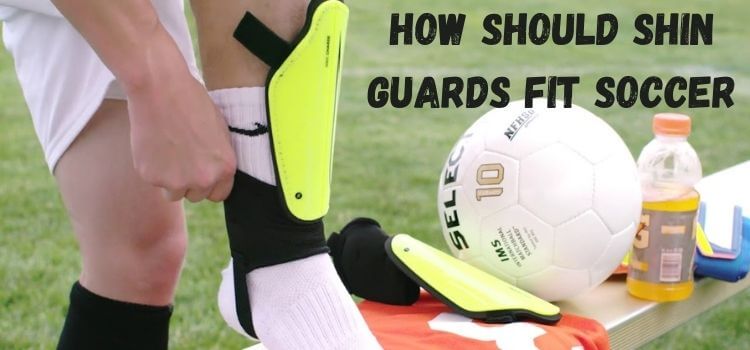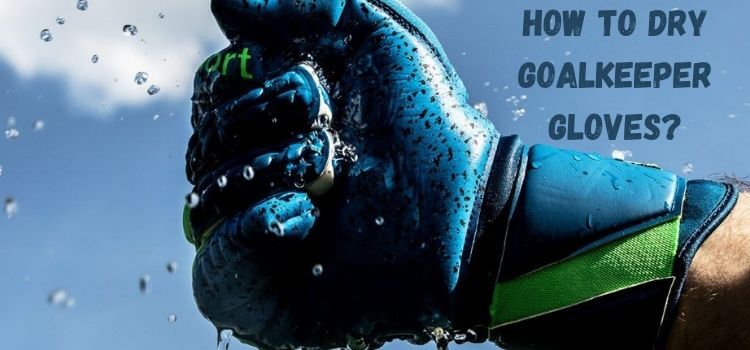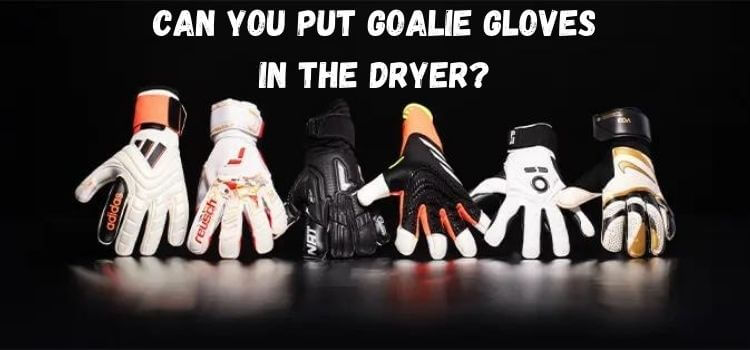As an Amazon Associate, I earn from qualifying purchases
For every soccer player, regardless of skill level, shin guards are a necessary piece of gear. But how should shin guards fit to provide the best protection and comfort in soccer? Let’s dive into the world of shin guards and find out how to get the perfect fit for your soccer game.

Why Shin Guards Are Essential
Protection from Injuries
Soccer players frequently clash and tackle one another, making it a physically demanding sport. Shin guards serve as a critical defense against injuries, shielding the shins from impacts that can cause bruises, cuts, or even fractures.
Required by Soccer Rules
Beyond personal safety, wearing shin guards is mandatory in soccer. Both FIFA and most local leagues require players to wear shin guards to ensure a safer playing environment for everyone on the field.
Different Types of Shin Guards
Slip-in Shin Guards
These are simple, lightweight shin guards that slide under your socks. They’re great for players who prefer minimal gear and maximum mobility.
Ankle Shin Guards
These shin guards come with additional padding around the ankle, offering more comprehensive protection. They’re ideal for younger players or those prone to ankle injuries.
Sock Style Shin Guards
These combine the shin guard with a sock, providing an all-in-one solution that ensures the guard stays in place during play.
Choosing the Right Type for Your Position
Forwards
Forwards need to be quick and agile. Slip-in shin guards are generally the best option because they are lightweight and allow for a better range of movement than other available options.
Midfielders
Midfielders cover a lot of ground and are often involved in tackles. Ankle shin guards can provide the necessary protection without sacrificing too much mobility.
Defenders
Defenders face constant physical battles. To withstand heavy tackles, they should opt for more robust shin guards, such as those with ankle protection.
Goalkeepers
Goalkeepers might not need as much shin protection since they aren’t involved in as many tackles. Slip-in shin guards can suffice, as they offer necessary protection with minimal bulk.
Understanding Shin Guard Sizes
Youth Sizes
Youth shin guards are designed for younger players and come in sizes ranging from XS to L. These sizes are based on the child’s height and leg length.
Adult Sizes
Adult shin guards are larger and come in sizes from S to XL. The right size depends on your height and shin length.
Measuring Your Legs for Shin Guards
Step-by-Step Measurement Guide
- Stand Up Straight: Have someone measure from just below your knee to about an inch above your ankle.
- Record the Measurement: This length will help you find the right size shin guards according to the manufacturer’s sizing chart.
- Try Them On: Always try on shin guards before buying to ensure they cover the length of your shin correctly without being too tight or too loose.
Ensuring a Comfortable Fit
Adjusting Straps and Sleeves
Shin guards should feel snug but not constricting. Adjust the straps or sleeves to make them fit properly. Too tight or too loose guards could be uncomfortable, and too tight or too loose guards will prevent adequate protection.
Positioning Your Shin Guards Correctly
Proper Placement on the Leg
Shin guards should be centered on your shin, covering the area from just below your knee to a few inches above your ankle. Make sure they stay in place throughout the game.
Common Fitting Mistakes and How to Avoid Them
Wearing Them Too High or Too Low
Shin guards worn too high leave your lower legs exposed; worn too low, they leave your upper shins vulnerable. Always ensure you adequately center them on your shin.
Using the Wrong Size
Wearing the wrong size shin guards can lead to discomfort and inadequate protection. Follow the sizing guide and try them on before purchasing.
Caring for Your Shin Guards
Cleaning Tips
Regularly clean your shin guards to prevent odor and bacteria buildup. Use a mild detergent and water, and let them air dry completely before using them again.
Storage Advice
Store your shin guards in a cool, dry place. They may decay more quickly if you keep them in your backpack or in the sun for long periods.
Frequently Asked Questions about Shin Guards
Shin guards should fit snugly without being unduly constricted. They should stay in place without restricting blood flow or causing discomfort.
While shin guards can be used for different sports, it’s best to use those specifically designed for soccer, as they offer the right balance of protection and mobility.
Replace your shin guards if they’re damaged or if they no longer fit properly. Depending on usage, this is typically every season or year.
Look for shin guards made of durable, lightweight materials like plastic or carbon fiber. They should also have comfortable padding on the inside.
Professional players often wear custom shin guards tailored to their preferences, which offer the perfect balance of protection and comfort.
Conclusion
It is essential to ensure that your shin guards are a good fit to ensure both your safety and your comfort while you are playing soccer. Remember to choose the right type for your position, measure your legs accurately, and ensure a snug fit. If you take good care of your shin guards, you can increase their lifespan and maintain your safety when playing.
Read Our More Articles
- What Are the Best Goalkeeper Gloves in the World?
- What Size Shin Guards Do I Need in Soccer?
- How High Should Shin Guards Be for Soccer?
As an Amazon Associate, I earn from qualifying purchases


